Advancements in Laser Technology
Technological advancements in laser systems are playing a crucial role in shaping the laser cladding market in Europe. Innovations such as fiber lasers and high-power diode lasers are enhancing the efficiency and precision of cladding processes. These advancements not only improve the quality of the coatings but also reduce production times and costs. As manufacturers increasingly adopt these cutting-edge technologies, the market is likely to expand, with projections indicating a potential increase in market size by 15% over the next five years. The continuous evolution of laser technology suggests a dynamic landscape for the laser cladding market, fostering competitiveness and innovation.
Government Initiatives and Funding
Government initiatives in Europe aimed at promoting advanced manufacturing technologies are significantly impacting the laser cladding market. Various funding programs and grants are being introduced to support research and development in laser technologies. For instance, the European Union has allocated substantial resources to enhance manufacturing capabilities, which includes laser cladding technologies. This financial backing not only encourages innovation but also facilitates the adoption of laser cladding in traditional industries. As a result, the market is likely to witness increased investments, leading to advancements in technology and production processes. The potential for government support suggests a favorable environment for the growth of the laser cladding market in the coming years.
Increasing Adoption in Aerospace and Defense
The aerospace and defense sectors are increasingly adopting laser cladding technologies, significantly influencing the laser cladding market in Europe. The need for lightweight, durable components that can withstand harsh conditions is driving this trend. Laser cladding offers unique advantages, such as the ability to create complex geometries and apply coatings that enhance performance. In 2025, the aerospace segment is expected to contribute approximately 30% to the overall market share, reflecting the growing reliance on advanced manufacturing techniques. This trend indicates a promising future for the laser cladding market, as it aligns with the strategic goals of enhancing performance and reducing weight in aerospace applications.
Rising Demand for High-Performance Materials
The laser cladding market in Europe is experiencing a notable surge in demand for high-performance materials across various industries, including aerospace, automotive, and energy. This demand is driven by the need for components that can withstand extreme conditions, such as high temperatures and corrosive environments. The ability of laser cladding to enhance the properties of base materials, such as wear resistance and fatigue strength, positions it as a preferred choice for manufacturers. In 2025, the market is projected to grow at a CAGR of approximately 8%, reflecting the increasing reliance on advanced materials in critical applications. This trend indicates a robust future for the laser cladding market as it aligns with the evolving requirements of high-performance applications.
Growing Focus on Repair and Maintenance Solutions
The laser cladding market is witnessing a growing emphasis on repair and maintenance solutions, particularly in sectors such as manufacturing and heavy machinery. The ability of laser cladding to restore worn-out components and extend their lifespan is becoming increasingly attractive to companies looking to reduce operational costs. This trend is particularly relevant in Europe, where industries are seeking sustainable practices to minimize waste and enhance resource efficiency. The market for repair applications is expected to account for a significant share, potentially reaching 40% of the overall laser cladding market by 2026. This shift towards repair solutions indicates a strategic pivot within the laser cladding market, aligning with broader sustainability goals.


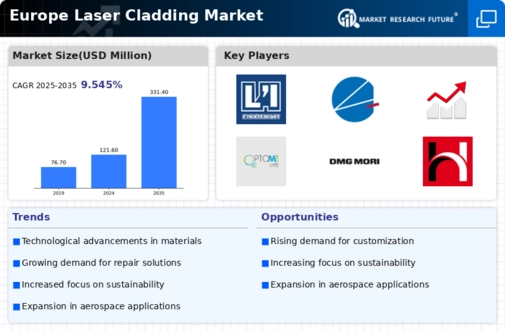
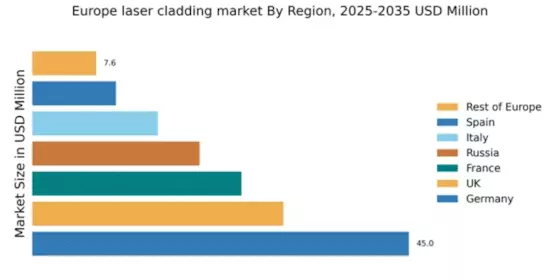
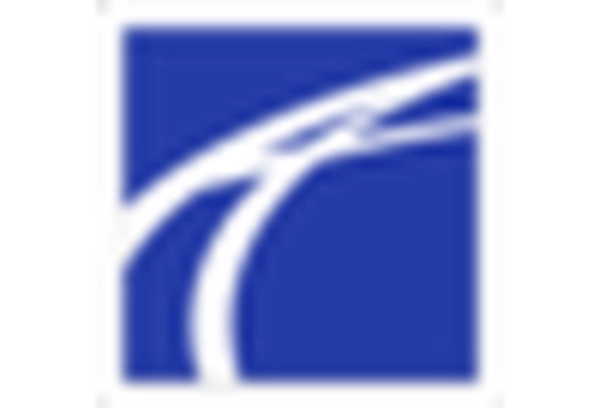
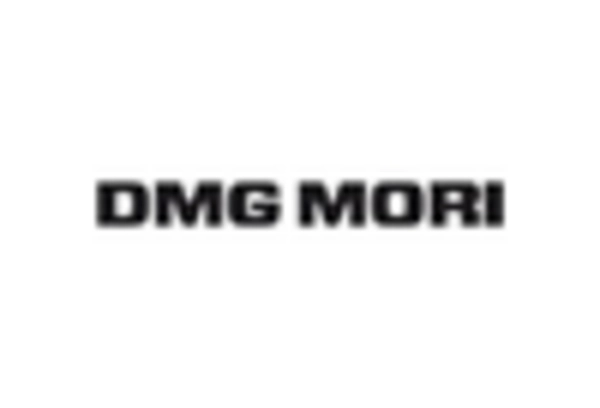
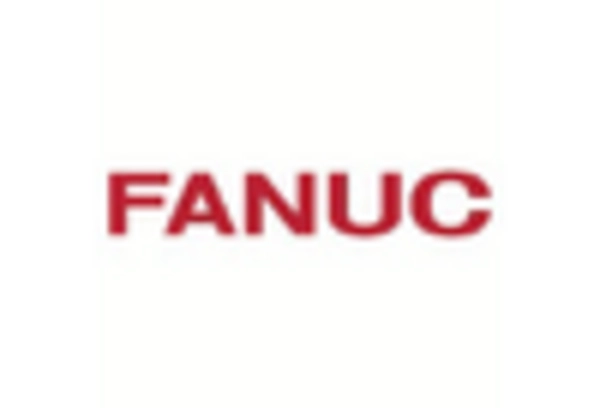
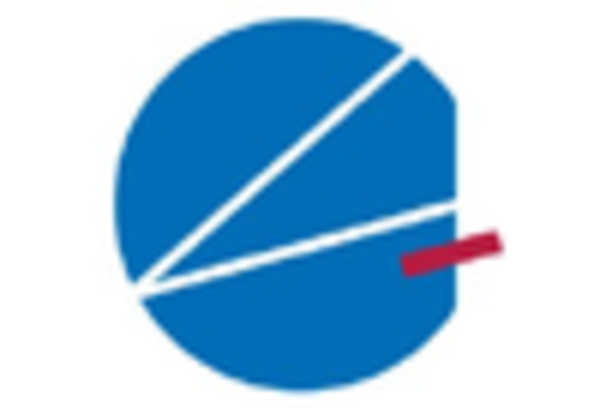
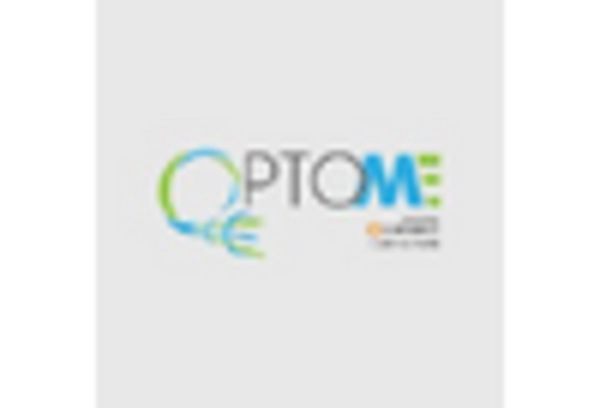









Leave a Comment